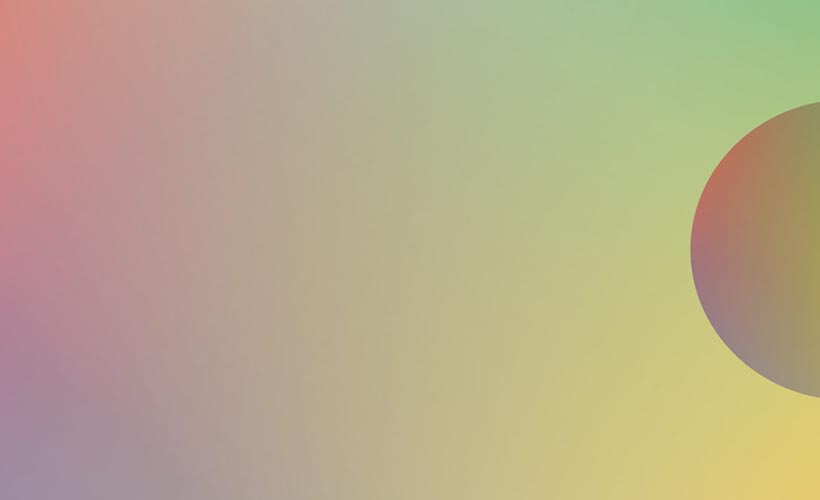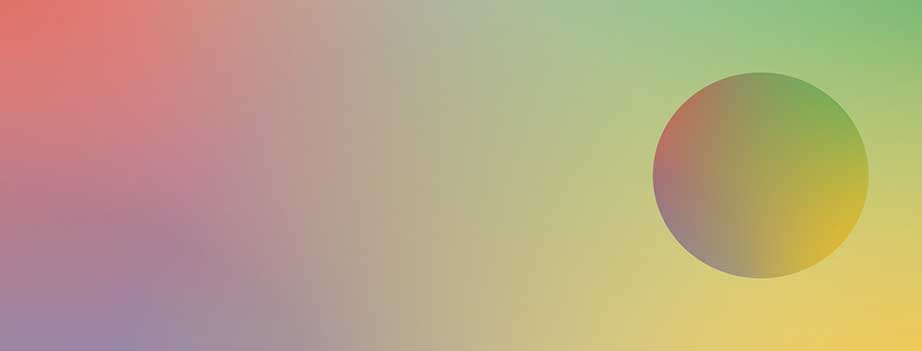Study in English
after the presence
wystawa
10–28.05.2021 r.
Galeria Szewska 16
ul. Szewska 16


kurator / curator
Marc Tobias Winterhagen (DE)
artyści / artists
Bruno Apley (DE),
Fabrizio Bartolini (ITA),
Camilla Chiavegato (ITA),
Dagmar Dolíhalová (CZE),
Viktorija Jagelavičiūtė (LTU),
Pinaak Kumar (IND),
Ricardo Serafim (PRT)
koordynatorzy / coordinators
Natalia Czarcińska
Jerzy Muszyński
Dorota Tarnowska–Urbanik
after the presence
Our present is ruled and reigned by an invisible force creating the most lethal event of this yet young millennium: the corona pandemic. It dictates the way we live, work and socialise. Remote work became standard, social distancing a plague, unfulfilled desires and burst dreams a norm. Though the consequences – social, economical and cultural – are omnipresent, the virus itself flourishes in obscurity. Corona is present and absent at the same time.
The absurd paradox of being present but not being present simultaneously was the initial idea for the topic of this exhibition. The reason why I generally wanted to organize an exhibition is simple: as an ex-Erasmus student I experienced myself that exchange students work completely differently in a new environment. Studying a semester abroad means being permanently influenced by a new culture, new working techniques, but also having language problems which can lead to positive or negative misunderstandings. Eventually all of these factors result in art works created in a very limited amount of time. That perspective of outsiders observing from the inside I’ve always found very intriguing and worth showcasing, since the students’ art works hold up a mirror to us, to the way we live and think. But at the same time every student integrates him/herself into these works, as traces from their own cultural and personal background inextricably connected with them.
During the pandemic the artist as any other human being is still present. But this presence can hardly be physically shared and cherished any more. Interpersonal contacts are very strongly restricted since public meeting places like galleries are closed. Lockdowns, remote work and social distancing led to digital meetings on platforms like Google Meet. Camilla Chiavegato’swork Join the meeting not only caricatures this shift from the analogue to the digital world, but also tops it with augmented reality which becomes only visible after downloading a special app onto the smartphone and aiming it at her work.
In Living for the daylight Pinaak Kumar examines the human presence through his absence. We can find material and immaterial traces of humankind in his nocturnal pictures: architecture representing our stronghold against darkness and cold and light pollution highlighting just another problem of our present. Through the title of his work Kumar questions our lifestyle which nowadays ends after sunset, and through his work he criticizes the ecological and economical wastage of energy.
Bruno Apley’s and Viktorija Jagelavičiūtė’s untitled work ironically highlights effects of the pandemic on life in a college dorm during the lockdown. It explores direct consequences on the human psyche such as loneliness, sadness and frustration, which find their way into the physique as an urge of self-destruction. After the presence of both, the students as well as the lockdown, emptiness surfaces and manifests itself as a newly created presence which is nothing but absence itself.
Dagmar Dolíhalová’s Fleeting places are reminiscent of illustrations from old fairy tale books through the underlying traditional technique of etching and aquatint. We see abandoned and forgotten structures, created by human hand and being reclaimed indulgently by nature. But even in this transience we can find traces of that past presence. Presence through a metaphysical presence.
Fabrizio Bartolini’s experimental video Mother explores the effects of quarantine and lockdown fatigue on the human psyche. With dark images, distorted sound design and experimental montage, Bartolini tries to delve deep into the abysses of the human mind where memories and soliloquies constitute lifelines. The viewer is literally absorbed into the film, resistance seems futile, escape impossible.
An exhibition on the topic of corona cannot be complete without facing the ultimate consequence: death. Ricardo Serafim’svideo Systems of Soothing addresses not simply the anonymous death toll of victims died of or due to corona, he also challenges the authenticity of those statistics. But most importantly, Serafim gives those who died a voice and – using the ASMR technique – he even triggers autonomous sensory meridian responses in the viewer. Not only the death of a single person, but the death of thousands and millions is a tragedy that must not be forgotten despite radical social restrictions for the living.
Naszą teraźniejszością rządzi niewidzialna siła, która wywołała najbardziej do tej pory mordercze wydarzenie tysiąclecia – pandemię koronawirusa. Pandemia trzyma władzę nad tym, w jaki sposób żyjemy, jak pracujemy i jak prowadzimy życie towarzyskie. Praca zdalna stała się standardem, dystans społeczny plagą, a niespełnione marzenia normą. Choć społeczne, gospodarcze i kulturowe skutki pandemii są widoczne na każdym kroku, sam wirus rozwija się w ukryciu. Jest on jednocześnie obecny i nieobecny.
To właśnie ten absurdalny paradoks bycia zarazem obecnym i nieobecnym stał się inspiracją do stworzenia niniejszej wystawy. Powód dla którego chciałem ją zorganizować był prosty: sam wziąłem kiedyś udział w programie Erasmus i miałem okazję przekonać się, jak to jest tworzyć w zupełnie nowym środowisku. Student spędzający semestr zagranicą jest nieustannie otoczony obcą kulturą, poznaje nowe techniki pracy, ale także doświadcza problemów natury komunikacyjnej, które mogą prowadzić do nieporozumień, zarówno tych pozytywnych, jak i negatywnych. Te wszystkie czynniki wpływają na twórczość studentów przebywających na wymianie, których prace, ze względu na specyfikę pobytu, powstają w dość krótkim czasie. Perspektywa studentów z wymiany zawsze wydawała mi się niezwykle ciekawa i warta przedstawienia. Są outsiderami, którzy jednak z bliska obserwują nasz sposób życia i myślenia. Ich prace są zwierciadłami odbijającymi naszą rzeczywistość. Jednocześnie każda z prac nosi ślady zaplecza kulturowego i osobistych doświadczeń każdego z twórców.
W czasie pandemii artyści nie przestali istnieć. Ich obecność natomiast zostawia ostatnio niewiele fizycznych śladów. Kontaktu międzyludzkie są ograniczone, a galerie pozostają zamknięte. Lockdowny, praca zdalna i dystans społeczny spowodował, że miejscami spotkań stał się internet, jak np. narzędzie Google Meet. Praca Camilli Chiavegato zatytułowana Join the meeting w sposób karykaturalny obrazuje to przejście ze świata analogowego do wirtualnego. Korzysta też z rzeczywistości rozszerzonej – można to zaobserwować po ściągnięciu specjalnej aplikacji na telefon i skierowaniu urządzenia na pracę.
W Living for the daylight Pinaak Kumar analizuje ludzką obecność poprzez nieobecność. Jego nocne zdjęcia pokazują materialne i niematerialne ślady człowieka. Widzimy więc przykłady architektury, która z jednej strony stanowi twierdzę chroniącą człowieka przed ciemnością i chłodem, ale z drugiej strony przyczynia się do powstawania problem zanieczyszczenia światłem. Tytuł pracy Kumara kwestionuje nasz styl życia, sama praca jest krytyką marnowania energii.
Praca Bruno Apleya i Viktoriji Jagelavičiūtė untitled w ironiczny sposób przedstawia wpływ pandemii na życie w akademiku podczas lockdownu. Obrazuje wpływ zamknięcia na psychikę, pokazuje samotność, smutek i frustrację, które stają się zapalnikiem autodestrukcji. Obecność studentów podczas lockdownu ukazuje pustkę, obecność ktora jest niczym innym niż nieobecnością.
Praca Dagmar Dolíhalovej Fleeting places przypomina ilustracje ze starego zbioru baśni. Efekt ten autorka uzyskała prze użycie tradycyjnych technik akwaforty i akwatinty. Jej praca przedstawia opuszczone, zapomniane struktury stworzone przez człowieka, ale przejmowane przez naturę. Nawet w tym stanie można jednak zaobserwować ślady dawnej obecności – jest to obecność metafizyczna.
Film Fabrizio Bartoliniego Mother ukazuje wpływ kwarantanny i lockodownu na psychikę. Za pomocą mrocznych obrazów, zniekształconego dźwięku i eksperymentalnego montażu, Bartolini próbuje zagłębić się w otchłanie ludzkiego umysłu, gdzie wspomnienia i refleksję stanowią linie życia. Widz zostaje dosłownie wchłonięty przez film, opór wydaje się daremny, ucieczka niemożliwa.
Wystawa na temat koronawirusa byłaby niekompletna bez zmierzenia się z kwestią ostateczną: śmiercią. Praca video Ricardo Serafima zatytułowana Systems of Soothing nie tylko podejmuje temat liczby anonimowych ofiar zmarłych z powodu koronawirusa, ale także podważa autentyczność statystyk. Co najważniejsze, Serafim daje ofiarom głos. Poprzez zużycie techniki ASMR, wywołuje nawet autonomiczne reakcje meridianów zmysłowych u widza. Śmierć jednego człowieka, ale tysięcy i milionów jest tragedią, o której nie wolno zapomnieć, mimo restrykcyjnych ograniczeń wprowadzanych dla żyjących.
tłum. Szymon Dolata
File about exhibition